On the garden plot or near the country house, the lawn grass looks beautiful and neat. It becomes the basis for flower gardens, or an independent culture that gives the territory neatness, grooming.
Is it possible to sow a lawn in autumn? So that he takes it well and does not die from drought, it is necessary to choose the right time for landing. Some people think that this is not so important, because it can be done throughout the entire warm season, but it is better to take into account the recommendations in order to avoid annoying mistakes.
Content
When to plant lawn grass: in spring or autumn
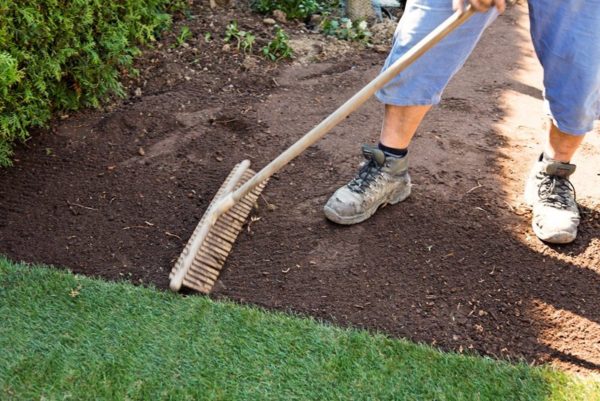 The choice of a good time for sowing lawn grass largely depends on the region, seed, soil conditions, their location. In addition, it should be borne in mind that crops in spring and summer require more careful care in the early days. Soil preparation, weed control, fertilizing - there are differences, depending on the season. But summer and spring shoots will please immediately, and autumn will have to wait until next year. If you plant a lawn in spring, then the first 2-3 weeks it is necessary to moisten the soil, and actively get rid of weeds. In summer, drying out on hot days should not be allowed. Fertilizers with nitrogen are good to apply in the first spring months, for active growth and development.
The choice of a good time for sowing lawn grass largely depends on the region, seed, soil conditions, their location. In addition, it should be borne in mind that crops in spring and summer require more careful care in the early days. Soil preparation, weed control, fertilizing - there are differences, depending on the season. But summer and spring shoots will please immediately, and autumn will have to wait until next year. If you plant a lawn in spring, then the first 2-3 weeks it is necessary to moisten the soil, and actively get rid of weeds. In summer, drying out on hot days should not be allowed. Fertilizers with nitrogen are good to apply in the first spring months, for active growth and development.
In autumn, less watering will be required, weed grass is no longer so active, sprouts will have time to grow stronger before frost. Some gardeners even plant in frozen ground, before the appearance of snow cover. In this case, the seeds undergo stratification, becoming stronger, and gaining resistance to disease. In autumn, it is better to fertilize with potassium and phosphorus, to strengthen the root system, nitrogen at this time will require much less, so that the seedlings easily tolerate low temperature.
Benefits of Autumn Sowing
Each season has its pros and cons for planting lawn grass. Each gardener chooses his time, analyzing for himself all the opportunities and advantages. Autumn sowing is preferable for several reasons:
- lack of heat, which allows you to pay less attention to watering, favorably affects the germination of seeds;
- soil and air humidity without sharp fluctuations;
- weeds do not grow as actively as in the spring;
- sprouts emerge in a dense layer and grow higher;
- the root system is formed stronger, and the grass is resistant to disease;
- the soil does not require long preparations.
Features of autumn lawn planting
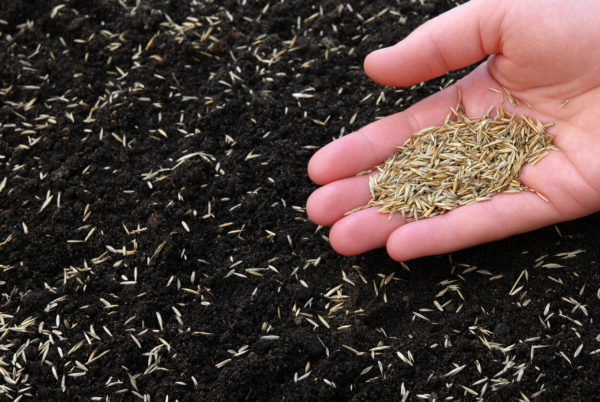 In the spring, before planting, you need to clear the lawn from debris, fertilize, and then let the earth stay “under steam” for at least 40 days. Sometimes it takes a lot of time, which is more important to spend on planting vegetables, herbs, pruning shrubs, trees. Seeds planted in the fall, with the advent of spring, will not require complicated care, but with the onset of warm weather they will quickly begin to please their greenery.Over the fall and winter, the sprouts form a strong root system, which only the sprouted weeds cannot greatly affect.
In the spring, before planting, you need to clear the lawn from debris, fertilize, and then let the earth stay “under steam” for at least 40 days. Sometimes it takes a lot of time, which is more important to spend on planting vegetables, herbs, pruning shrubs, trees. Seeds planted in the fall, with the advent of spring, will not require complicated care, but with the onset of warm weather they will quickly begin to please their greenery.Over the fall and winter, the sprouts form a strong root system, which only the sprouted weeds cannot greatly affect.
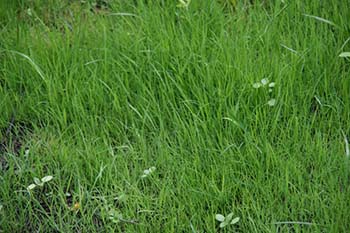 You may be interested in:
You may be interested in:If winters in the region are severe, you will have to cover the lawn with peat, spruce branches, to insulate. Autumn seedlings are difficult to correct if they have sprouted unevenly, because there is no time for correction. In this case, already in the spring you will have to finish up or completely redo it. The choice of seeds should be more careful so that the varieties can survive the winter without dying. In areas with a slope in the fall, it is better not to plant lawn grass, because during the melting of snow, spring melt water leaches seeds from the soil.
Step-by-step instructions for autumn lawn sowing
After the construction of the house and the improvement of the local area, you can take time on the lawn. In order for the process to be successful, and in the spring the green cover was pleasing to the eye, it is necessary to take into account the rules that will make this process easier and more effective. The selection of seeds, soil preparation, fertilizers are important stages, the observance of which will allow to decorate the site for a long time.
Autumn planting dates
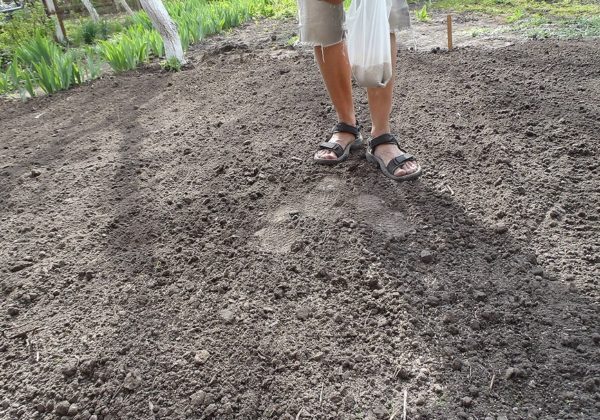 In autumn, it is possible to sow seeds twice - in late August, early September, or in October, the first days of November. In the first case, it is important to consider that at least 40-45 days must elapse between the landing period and the onset of frost. In this case, a strong root system will have time to form, and the aerial part will grow up to 10 cm. Sudden night frosts can ruin the crops, so it is better not to postpone this process, starting a little earlier.
In autumn, it is possible to sow seeds twice - in late August, early September, or in October, the first days of November. In the first case, it is important to consider that at least 40-45 days must elapse between the landing period and the onset of frost. In this case, a strong root system will have time to form, and the aerial part will grow up to 10 cm. Sudden night frosts can ruin the crops, so it is better not to postpone this process, starting a little earlier.
In winter, sowing in late October and early November is possible even in frozen soil. In this case, the seeds will undergo a natural process of stratification, which makes it possible to grow active and friendly seedlings in spring. So that the seed material does not die, it is worth considering the timing of planting when choosing varieties of grass. There are also risks - if, after sowing, warm weather suddenly returns with a temperature above + 5 ° C, then the germination period will begin, as a result of which the seedlings will die from the cold.
Site preparation
Before sowing, the land must be properly prepared so that as a result a beautiful green carpet flaunted in front of the house. First of all, you need to completely clear the territory of everything that can interfere:
- construction garbage;
- stones that cannot be entered as an addition or an island;
- branches
- old stumps;
- dry bushes, trees.
On a site on which nothing has been planted for a long time, or cultivated for the first time, it is better to treat the soil with herbicides. Then, when germinating, minimal weeding is required.
When the place is cleared, processed, it is necessary to proceed to digging to remove the small roots of plants, the remaining garbage. It is better to lighten clayey viscous soil - fine gravel or sand is added for this, then aeration will be better. Compost or humus is added to the sandy soil. For good growth of lawn grasses, the optimum acidity is 5.5-7 pH, if it is higher, liming is carried out with lime or dolomite flour.
In areas with high humidity, it is better to equip drainage:
- Remove the topsoil.
- Stones, broken bricks, pebbles fall asleep on top, with a layer of 15-20 cm.
- Lay a layer of sand 8-10 cm thick.
- The surface is leveled, rammed with a special skating rink or a thick log.
- The removed fertile layer is returned to place.
10-15 days are allocated for soil sedimentation, after which the territory is leveled again, falling asleep holes, equal to hummocks.Now you can make fertilizers with potassium and phosphorus, or special mixtures for lawns. Granules are properly mixed with the soil using a rake, leveling around the entire perimeter. At the end, they again rammed with a skating rink or a thick log, abundantly watered for additional stabilization.
Methods of ramming land on the site
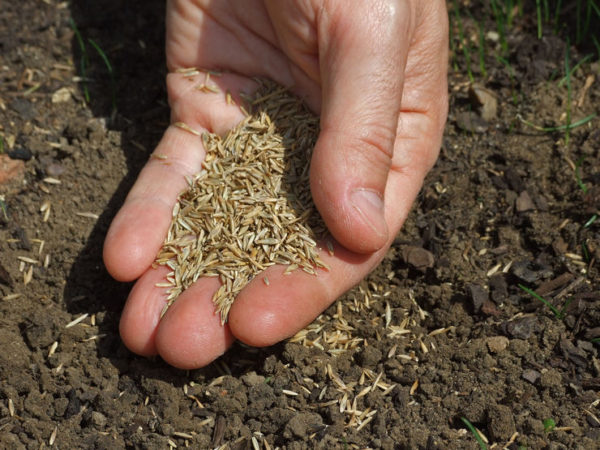 After the soil has been leveled, it is necessary to compact it so that the layer is smoother during germination, and during mowing the lawn mower does not “stumble” on unevenness, breaking knives. On an uncrowded lawn at the first mowing, the sown grass will be uprooted. The site is leveled with a vibrating plate or a special skating rink, until the tracks no longer remain when walking. Not everyone is ready to spend money on the purchase of additional equipment, which, perhaps, will be used once, therefore, sometimes they use other devices:
After the soil has been leveled, it is necessary to compact it so that the layer is smoother during germination, and during mowing the lawn mower does not “stumble” on unevenness, breaking knives. On an uncrowded lawn at the first mowing, the sown grass will be uprooted. The site is leveled with a vibrating plate or a special skating rink, until the tracks no longer remain when walking. Not everyone is ready to spend money on the purchase of additional equipment, which, perhaps, will be used once, therefore, sometimes they use other devices:
- a wide board or log, with tied ropes at the ends;
- a barrel filled with water 1/4;
- boards tied to legs or slippers;
- concrete ring.
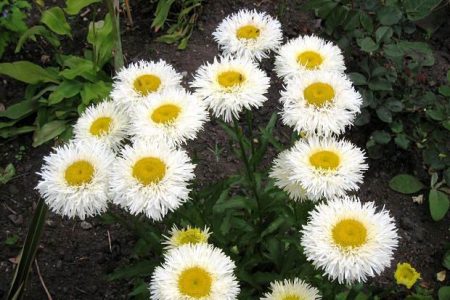 You may be interested in:
You may be interested in:Herbicide treatment
On the shelves of shops for gardeners there are many different drugs, so when choosing there are questions - which ones to choose and how to apply correctly so as not to harm the plantings. To maintain a beautiful lawn, it is necessary to regularly weed or treat with herbicides, and so that weeds initially grow less, the treatment process must begin even before sowing. The soil is treated with a herbicide and left for 1.5-2 weeks, after which it is leveled and proceed to planting.
Before using the product, you must carefully read the instructions, observe the recommended concentration. It is not necessary to contribute a little more - “in reserve” or for a better effect, this can lead to the fact that the concentration in the soil will be too high, and nothing can be planted on it for several years.
Follow safety rules so as not to get chemical burns, allergies, irritation. To do this, work with gloves and, possibly, a respirator (depending on the drug and its composition).
In order not to buy a useless or low-quality product, try to follow the recommendations of friends or colleagues.
Fertilizer and soil preparation for lawn
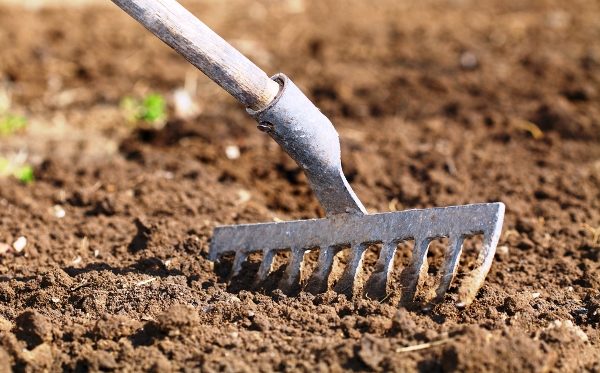 Fertilizers are best added before sowing, then the minerals in the prepared soil will provide rapid growth and development of shoots. A complex of trace elements from ammonium nitrate, superphosphate and potassium sulfate is applied in bulk, evenly distributed over the entire surface, excluding heap accumulations in one place. Magnesium and boron are bred in water and watered. Organic fertilizers use dry chicken droppings, mixed with wood ash (potassium) and peat.
Fertilizers are best added before sowing, then the minerals in the prepared soil will provide rapid growth and development of shoots. A complex of trace elements from ammonium nitrate, superphosphate and potassium sulfate is applied in bulk, evenly distributed over the entire surface, excluding heap accumulations in one place. Magnesium and boron are bred in water and watered. Organic fertilizers use dry chicken droppings, mixed with wood ash (potassium) and peat.
How to spread seeds correctly
Can I plant in the rain? It is better to sow in dry weather without wind, then the grass will take root well. On the eve of the top layer abundantly watered. Mix the seed with sand in a ratio of 1: 1, sprinkle around the entire perimeter, first along, then across. After seeds are applied, the soil is surface-loosened with a rake and then lightly compacted with a roller, a thin layer of black soil or peat is applied for mulching. In the end, they must be watered from a small sprayer.
Manually sowing is better only in small areas and in the presence of experience, otherwise the density of sowing will be uneven. A manual or mechanical seeder can be used. For large areas and slopes, another method is suitable - hydroseeding.To do this, create a composition of several components - hydrogel (to maintain humidity), fertilizer, colored mulch (visually shows where there is an insufficient layer of seeds). Make this mixture with a hydraulic seeder. Seedlings planted in this way are not afraid of meltwater and strong winds.
Rules for planting a roll lawn
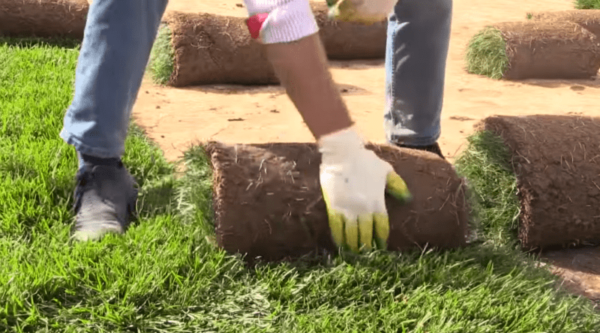 Those who find it difficult to follow all the rules when preparing soil and planting, or do not have time, it is better to purchase ready-made lawn rolls. In the nurseries, the turf layer is bred, then its upper part is cut off, together with the already formed cover, rolled up for transportation into rolls. After that, it is enough to lay it on the prepared soil so that it takes root in a new place. The earth is prepared in the same way as under the seeds.
Those who find it difficult to follow all the rules when preparing soil and planting, or do not have time, it is better to purchase ready-made lawn rolls. In the nurseries, the turf layer is bred, then its upper part is cut off, together with the already formed cover, rolled up for transportation into rolls. After that, it is enough to lay it on the prepared soil so that it takes root in a new place. The earth is prepared in the same way as under the seeds.
Rolled lawn is suitable for embossed and shaded areas. Planting seeds evenly and waiting for an even cover in such places is quite difficult and long, the finished sod layer is brought already cut, with top dressing, without weeds. But it is important not to delay the fit and lay it no later than the next day after cutting.
Before laying the lawn, make sure that the site is cleared of debris, unnecessary stumps, branches. For poor soils, a layer of chernozem needs to be added on top, fertilizers are applied a week before the start of laying. When everything is laid down, it is necessary to water abundantly, repeating this every day for two weeks, then moisturizing is carried out as necessary. After 10 days, you can start to trim.
Tools needed for planting and care
For preparing the soil, sowing and further care, gardeners will need tools to help keep the lawn in perfect condition:
- rake (metal or wooden);
- skating rink or other device for compaction of soil;
- several slats made of wood (1 m long);
- mosquito net (protects seeds from direct sunlight);
- complex fertilizers (for each square meter - 50 g);
- watering can with a spray (it is better that the holes are small);
- aerator;
- scales for weighing seeds, herbicides or fertilizers.
The main tool, perhaps, are the seeds - they must be carefully selected from trusted sellers.
Lawn Care Instructions
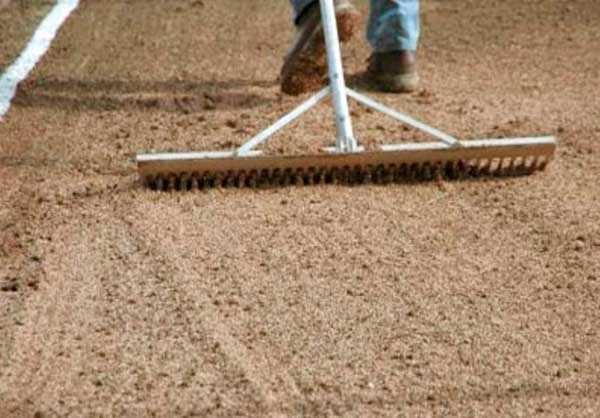 On the day of planting and before the shoots of the first sprouts, it is necessary to water the lawn plentifully. You can cut it already starting from the height of the shoots of 15 cm. Until the sprouts get stronger, it is better not to walk on them, further care depends on the season.
On the day of planting and before the shoots of the first sprouts, it is necessary to water the lawn plentifully. You can cut it already starting from the height of the shoots of 15 cm. Until the sprouts get stronger, it is better not to walk on them, further care depends on the season.
| № | In the spring | Summer | Fall |
| 1 | Last year's foliage cleaning | Combing grass | Picking fallen leaves |
| 2 | Adding fertilizers with nitrogen and potassium | Adding fertilizers with nitrogen and potassium | Adding Phosphorus Fertilizer |
| 3 | Watering every day | Watering 2 times a week | Watering once a week |
| 4 | Haircut from 5 to 10 cm | Regular haircut | Winter haircut up to 10 cm |
| 5 | Weed removal | Weed removal | Weed removal |
| 6 | Aeration | Aeration | |
| 7 | Sowing new seeds for uniform cover |
Aeration is very important for development and growth - it helps to provide the soil with oxygen, and the roots with moisture and fertilizers. You can exercise it with sandals with spikes that pierce the lawn. Just walk through the grass in them. Steel rake aerators or a roller aerator (similar design, but with the addition of a studded roller) are also suitable.
When it is damp and warm outside, mold or powdery mildew may appear. As soon as the first signs appear - spraying with a fungicide is required (Bordeaux liquid or other drugs).Dry hot weather contributes to the appearance of yellowness, so that it does not exist, it should be watered more often, but only in the evenings.
Finally
To sow lawn grass in autumn or spring is not so important, each gardener decides for himself what is more convenient and important for him. The advantages that are in the fall are not suitable for everyone, perhaps spring or summer will seem to someone a more successful period. Much depends on climatic conditions. For those who have a small plot, and do not have extensive beds with vegetables - spring sowing is more suitable. On a vast territory, where there are many other works, you can sow in the fall.

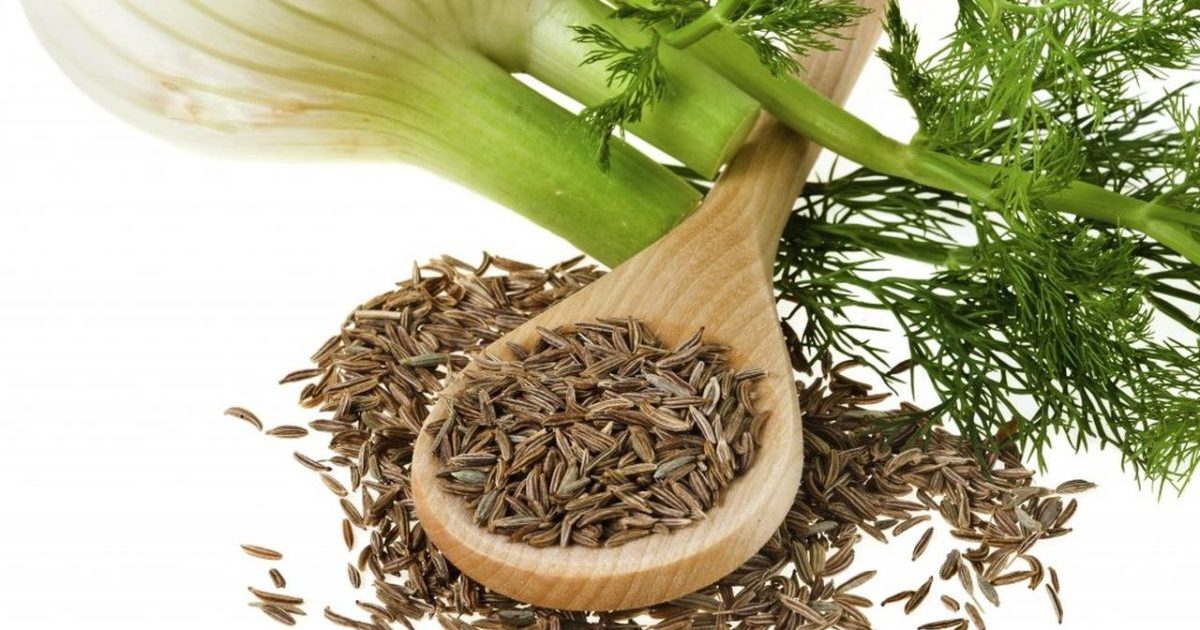 Fennel - beneficial properties and contraindications
Fennel - beneficial properties and contraindications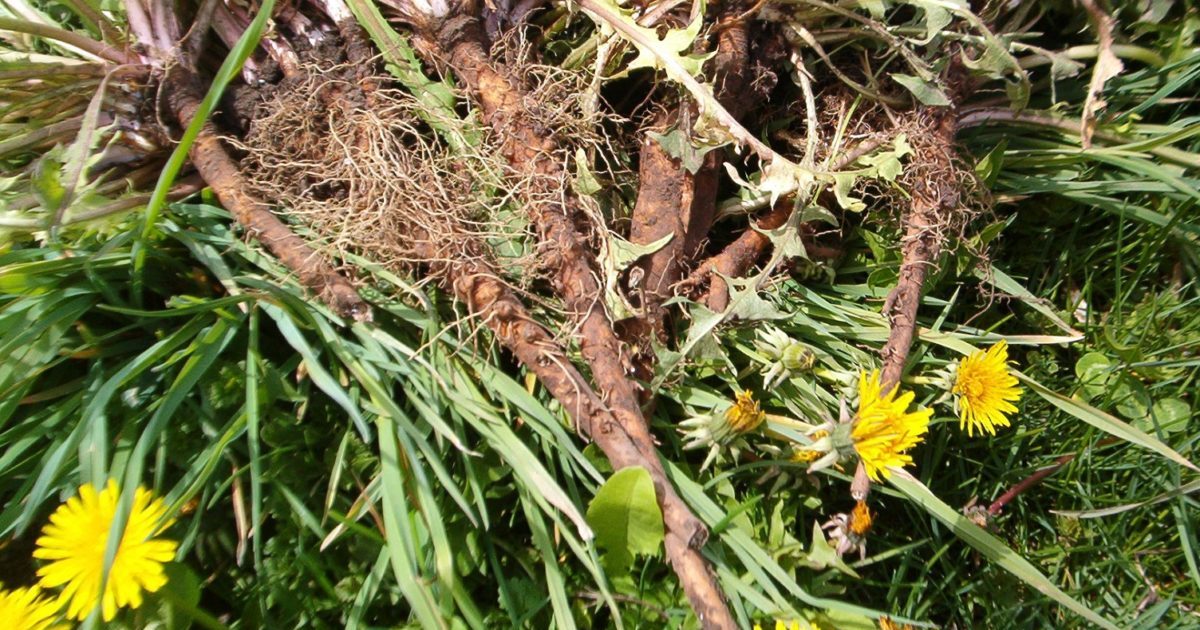 Dandelion Root - Health Benefits and Contraindications
Dandelion Root - Health Benefits and Contraindications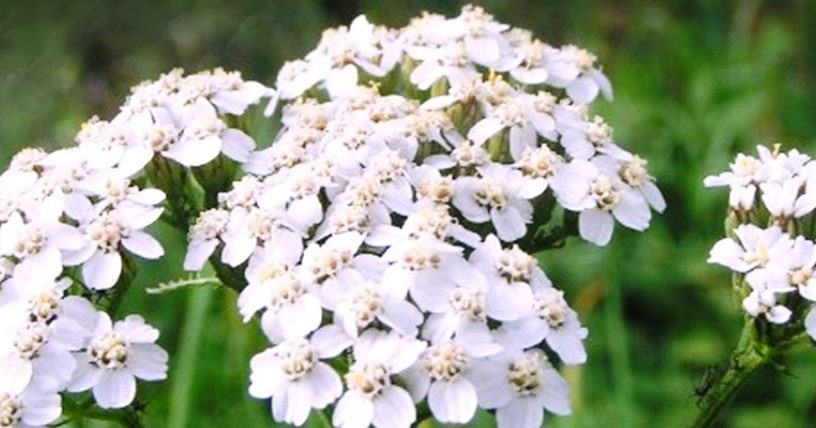 Yarrow - beneficial properties and contraindications for health
Yarrow - beneficial properties and contraindications for health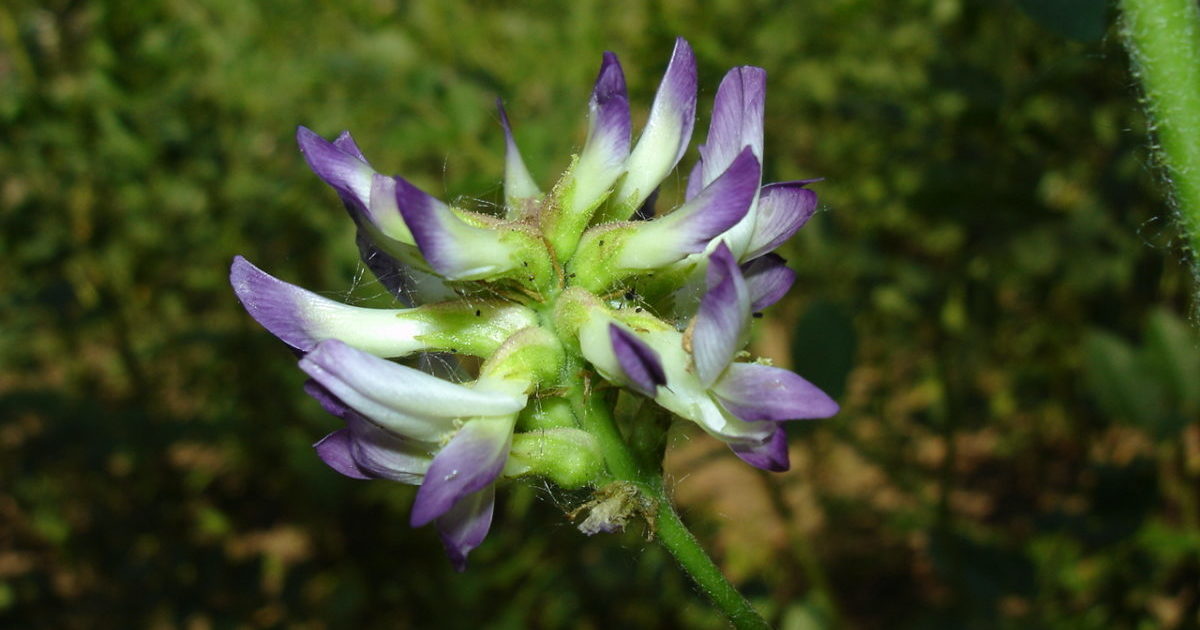 Licorice - beneficial properties and contraindications for health
Licorice - beneficial properties and contraindications for health